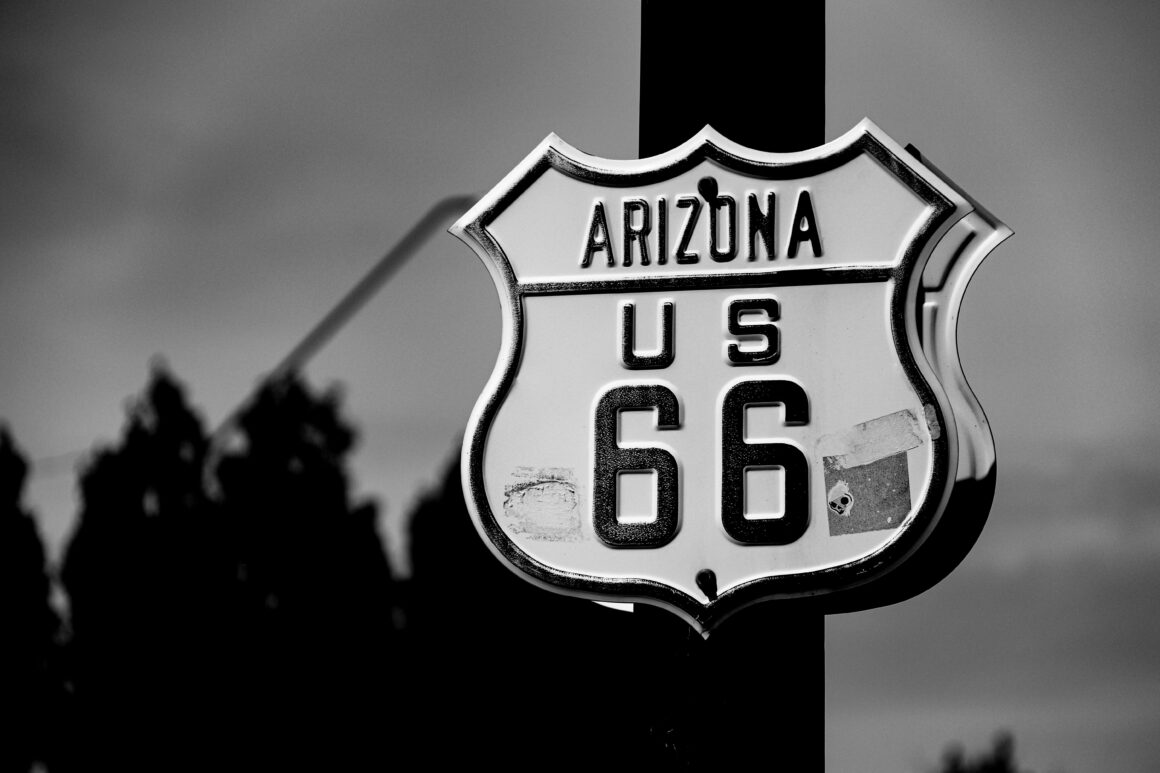Photograph by Adam Fagan
I’ve written many articles surrounding my identity, and more specifically, my struggle with being Asian American. But as I try to find more articles and books surrounding things like the model minority myth or even yellow fever (also known as Asian fetish), a reoccurring topic I can’t seem to escape is the anti-blackness constantly present in Asian societies.
The Huffington Post is very adamant in characterizing this phenomenon: anti-blackness in the Asian American community isn’t as inconspicuous and discreet as we make it out to be. Instead, being “American” or even being successful is built off of the historical oppression of people of color, specifically African Americans. As the association between “ideal” and “white” grow closer together, Asian Americans begin to adopt the same racist sentiments against African Americans, ultimately increasing the presence of anti-blackness in such communities.
There has been a long history of Asian Americans attempting to become white, but failing profusely. From the Chinese Exclusion Act in 1882 to Korematsu vs the United States in 1944, which made internment camps legal, the attempt to assimilate into white culture has only positioned Asian Americans further away from other minorities. Claire Jean Kim, in 1999, wrote about the “racial triangulation theory” that connects the marginalization of Asian Americans in relation to white and black people. In her book, she characterizes the distinct differences between being Asian American and being white; while Asians are seen to be the “best minority,” they are also seen as the exotic foreigner that can never become a true American.
The history of colonialism and the systematic preference for whiteness, of course, is inescapable on the surface level as well. Many Asian immigrants associate fairer skin with success and the “dirtiness” of darker skin to be detrimental for one’s future. Skin bleaching is a common situation in South Korea, China, Japan, and many other Asian countries. The idea of “lighter skin” permeates its way into advertisements and shapes the beauty standard for Asian countries, which then are propagated toward the social-cultural ideas of the modern culture.
The issues surrounding anti-blackness in Asian communities can be combated in many ways but must start somewhere. First and foremost, the idea of “whiteness” to mean success and perfection must be dismantled, which can help combat both the struggles faced by Asians and African Americans as well. Of course, there are different hierarchies of oppression, and there isn’t a “one size fits all” solution.
While these issues are very prevalent in today’s day and age, a step in the right direction is necessary to stop ongoing racism in the status quo.



